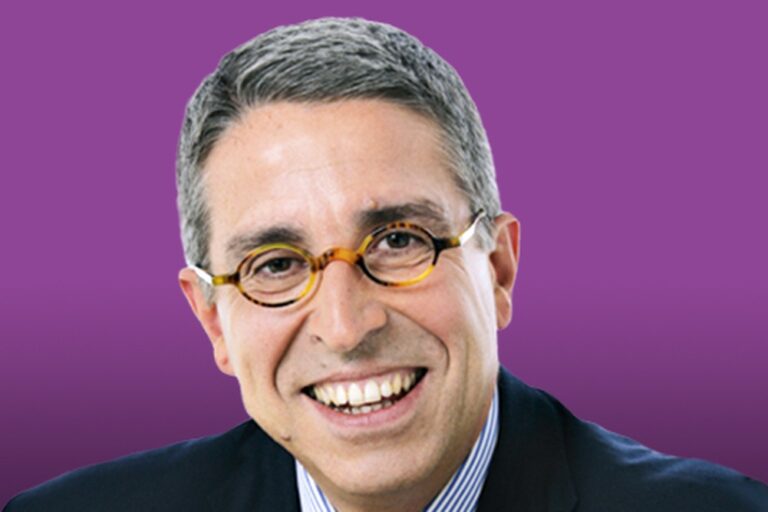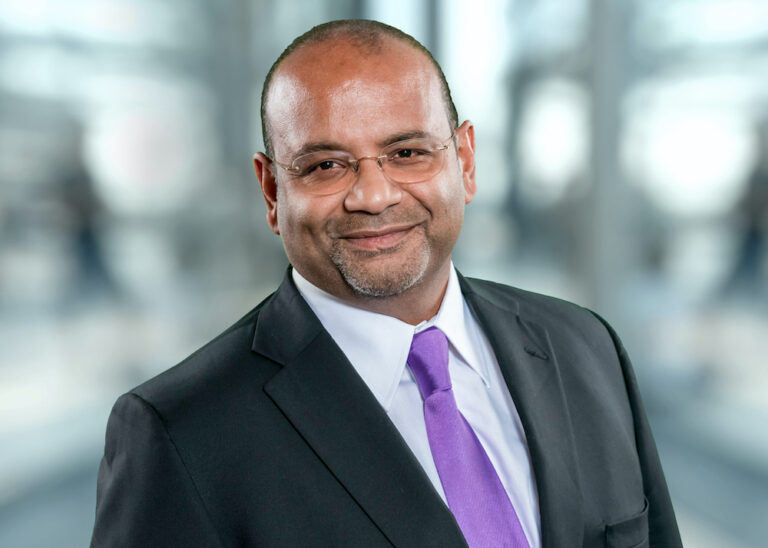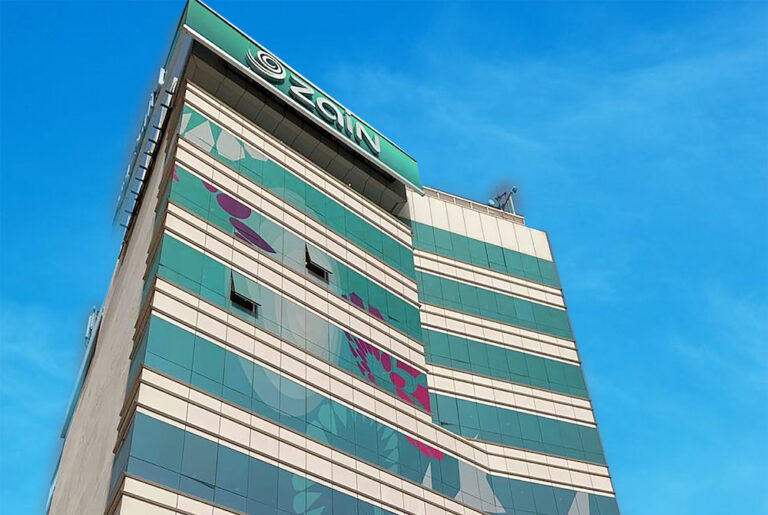Former Etisalat is most valuable telco MEA
Vodafone Group has lost activist investors and granted more controls to Etisalat, with UAE’s biggest telecoms operator upping its stake to 12%. Abu Dhabi-listed e&, formerly known as Etisalat, has raised its stakes in the UK telecoms group to 3.272 billion n shares, it has told regulators. Vodafone issued a statement saying that Emirates Investment Authority was now its Apex investment, up from 11% before.
The UAE telecoms company said it bought the extra shares at an “attractive valuation”, with its investment rationale unchanged since May, when it bought a near 10% stake in Vodafone for $4.4bn. At the time it said it wanted “significant exposure to a global leader” in order to “leverage potential commercial partnership and realise future return on our investment”. In December 2022 it added more shares to own 11% and the new purchase of stock makes it the top investor.
Earlier this month activist investor Coast Capital relinquished its holding as it could no longer see “an attractive business model”, following in the wake of fellow activist Cevian which sold some stock in October and exited this week. Meanwhile e&’s existing portfolio of brands, worth over $14 billion, has made it the most valuable portfolio of telecom brands in the Middle East and Africa (MEA). According to the 2023 Brand Finance Global 500 Report released at the World Economic Forum (WEF) in Davos, e& has transformed into a global technology and investment conglomerate, achieving remarkable business growth and unwavering stakeholder confidence in 2022, according to Trade Arabia. Improvements in customer service, more people-focused products and new digital services across its specialist business verticals were attributed as factors in its resurgence.
Etisalat by e&, the group’s largest telecom brand, also retained its position as the strongest telecom brand across all categories in the MEA region, achieving a score of 89.1 out of 100 and a AAA rating, according to the report. It was also rated one of the top three telecom brands in the world, due to its market reach, operational capabilities and outstanding customer service record. “We will continue to earn trust by developing and innovating cutting-edge products and services that meet the needs of our 162 million subscribers in 16 countries across the Middle East, Asia and Africa,” said Hatem Dowidar, GCEO of e&.
Dowidar said that e& had made significant strides in Artificial Intelligence (AI), blockchain, Virtual Reality (VR), Augmented Reality (AR), the Internet of Things (IoT), cloud computing, and technologies supporting the emergence of the metaverse. “The group’s efforts were recently crowned by the declaration of e&’s net zero targets by 2030, marking a further step in confirming our commitment to reduce carbon emissions across our business and to step up our efforts for global climate action,” said Dowidar. Etisalat Group changed its brand identity to e& in February 2022, as part of a wider strategy to raise its brand profile globally. “As the telecommunication industry faces commoditisation, e& has taken bold steps to reposition its brand identity to unlock new opportunities,” said David Haigh, CEO and Chairman of Brand Finance.












